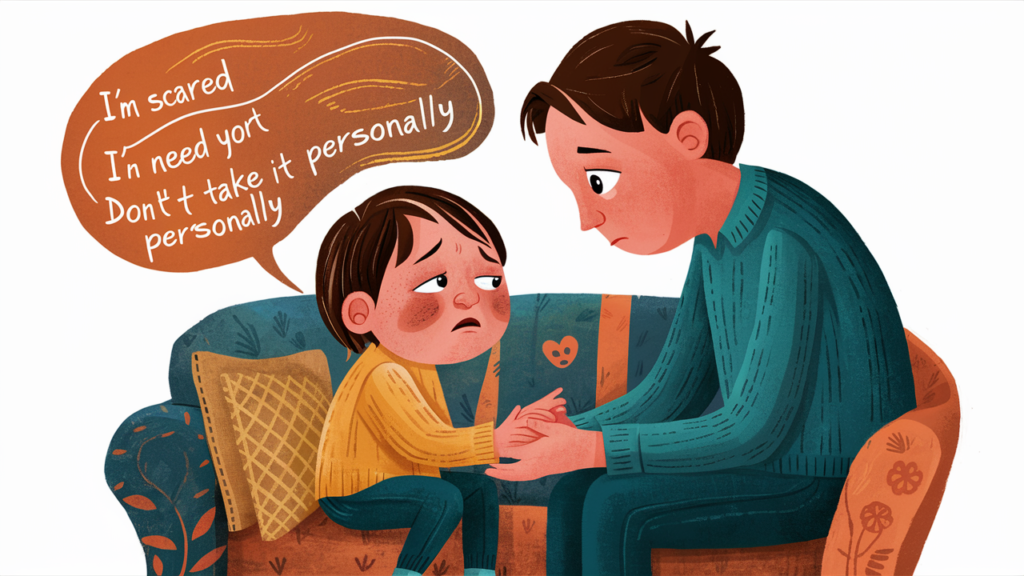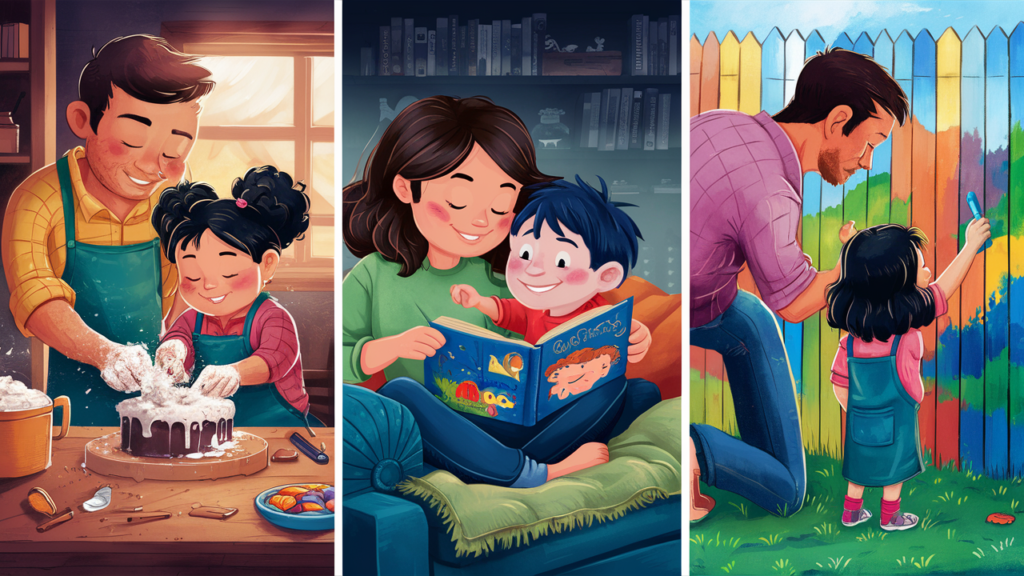How to breakthrough with a hurt child ?
How to breakthrough with a hurt child ?
Children between the ages of 1 and 5 are in a crucial developmental phase where they learn to understand and express their emotions. However, they may not always have the words to express their feelings, especially when they are hurt. As parents, it’s essential to recognize them and know how to respond with empathy and support.
1. Withdrawing or Becoming Quiet
When a child suddenly withdraws or becomes unusually quiet, it can be a sign of a hurt child. They might retreat to a corner, avoid eye contact, or refuse to participate in activities they normally enjoy.
.How to Respond:
- Approach them gently and with a calm manner.
- Offer a comforting hug and ask, “Are you feeling sad?”
- Give them space if they need it but reassure them that you are there to talk when they’re ready.
2. Crying or Throwing Tantrums
Crying is a direct way for young children to express their distress. Sometimes, hurt child’s feelings can escalate into tantrums, especially if they feel misunderstood or overwhelmed.
How to Respond:
- Stay calm and patient, acknowledging their feelings: “I see that you’re upset.”
- Hold them close or sit with them quietly until they calm down.
- Once they are calmer, help them put their feelings into words: “It seems like you felt sad when…”

Even young children who are developing their language skills might say things like, “You’re mean,” or “I don’t like you,” when they feel hurt.
How to Respond:
- Don’t take hurt child’s words personally. Understand that they are trying to communicate their pain.
- Validate their feelings by saying, “I’m sorry you feel that way. Can you tell me what happened?”
- Help them express their emotions in a more constructive way: “It’s okay to feel angry, but let’s talk about why.”
4. Refusing to Follow Directions
A child who suddenly becomes defiant or refuses to follow directions might be expressing that they feel hurt or misunderstood.
How to Respond:
- Check in with the hurt child without immediately resorting to discipline: “I notice you don’t want to do this right now. Can you tell me why?”
- Show empathy and offer choices to help them regain a sense of control: “Would you like to do it together, or do you need a little break first?”
5. Seeking Attention in Unusual Ways

If a child starts seeking attention in ways that are out of character, such as being extra clingy or acting out, it might be a sign they are trying to communicate their hurt feelings.
How to Respond:
- Provide reassurance and spend quality time with the hurt child: “I see you need some extra hugs today.”
- Engage in a calming activity together, like reading a book or drawing.
- Let them know it’s okay to talk about their feelings whenever they’re ready.
Creating a Safe Emotional Space for Hurt child
Understanding and responding to these signs helps create a safe emotional space where hurt children feel heard and valued. As they grow, they’ll learn to express their feelings more clearly, but our compassionate responses lay the foundation for healthy emotional development.
Emotional Understanding with Wandernest Tales
At Wandernest Tales, we believe in nurturing emotional intelligence through storytelling. Our personalized books feature your child as the hero, helping them navigate their emotions and experiences in a magical, engaging way. Each story is crafted to reinforce positive behaviors and emotional understanding, making them a perfect addition to your child’s routine.
Help your child explore their emotions and build strong emotional foundations with Wandernest Tales. Visit Wandernest today to discover our collection of personalized books that turn everyday challenges into enchanting adventures. Let’s create cherished memories and foster emotional growth together!






